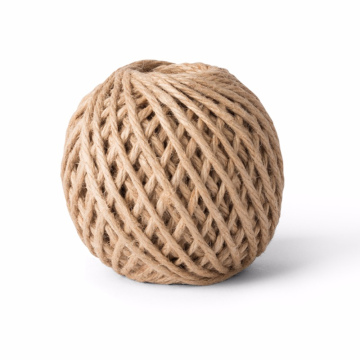Understanding Crispiness: What Makes Something Crispy?
Crispiness is a highly sought-after texture in cooking, characterized by a distinct crunch that enhances the overall eating experience. The science behind achieving that perfect crispy texture involves several key factors, including moisture content, the presence of fat, and the cooking method employed. Understanding these elements is crucial for anyone looking to master the art of crispiness in their culinary endeavors.
One of the primary contributors to achieving a crispy texture is the moisture content of the food. When water is present, it can lead to a soggy texture if not properly managed. Cooking techniques that reduce moisture through evaporation, such as frying or baking at high temperatures, help create that desired crunch. As water evaporates, the surface of the food becomes dry and crisp, essential for that appealing texture.
Fat also plays a significant role in achieving crispiness. When heated, fats can create a barrier that prevents moisture from penetrating the food, leading to a delightful crunch. For instance, frying foods in oil not only adds flavor but also facilitates the formation of a crispy crust thanks to the high heat of the oil. The type of fat used can influence the final texture, with oils having high smoking points being more effective for achieving that golden, crispy exterior.
Cooking methods significantly impact the crispy texture as well. The Maillard reaction, a chemical process that occurs when proteins and sugars in food react under heat, contributes to browning and adds depth of flavor. This reaction is particularly prominent in fried, baked, and toasted foods, differentiating the textures produced by each method. Understanding the intricacies of these cooking techniques will enable home cooks to replicate the perfect crunch consistently.
A Crispy & Savory Trip: Enjoying Japan’s Takoyaki
Discover the secrets to achieving that perfect crispy texture in your cooking. From understanding moisture content and fat's role to mastering essential techniques like double frying, this guide offers insights into the culinary science behind crispiness. Learn common mistakes to avoid and delicious recipes to test your skills. Whether you're frying, baking, or roasting, elevate your dishes with our expert tips and tricks for delightful crunch and flavor.







